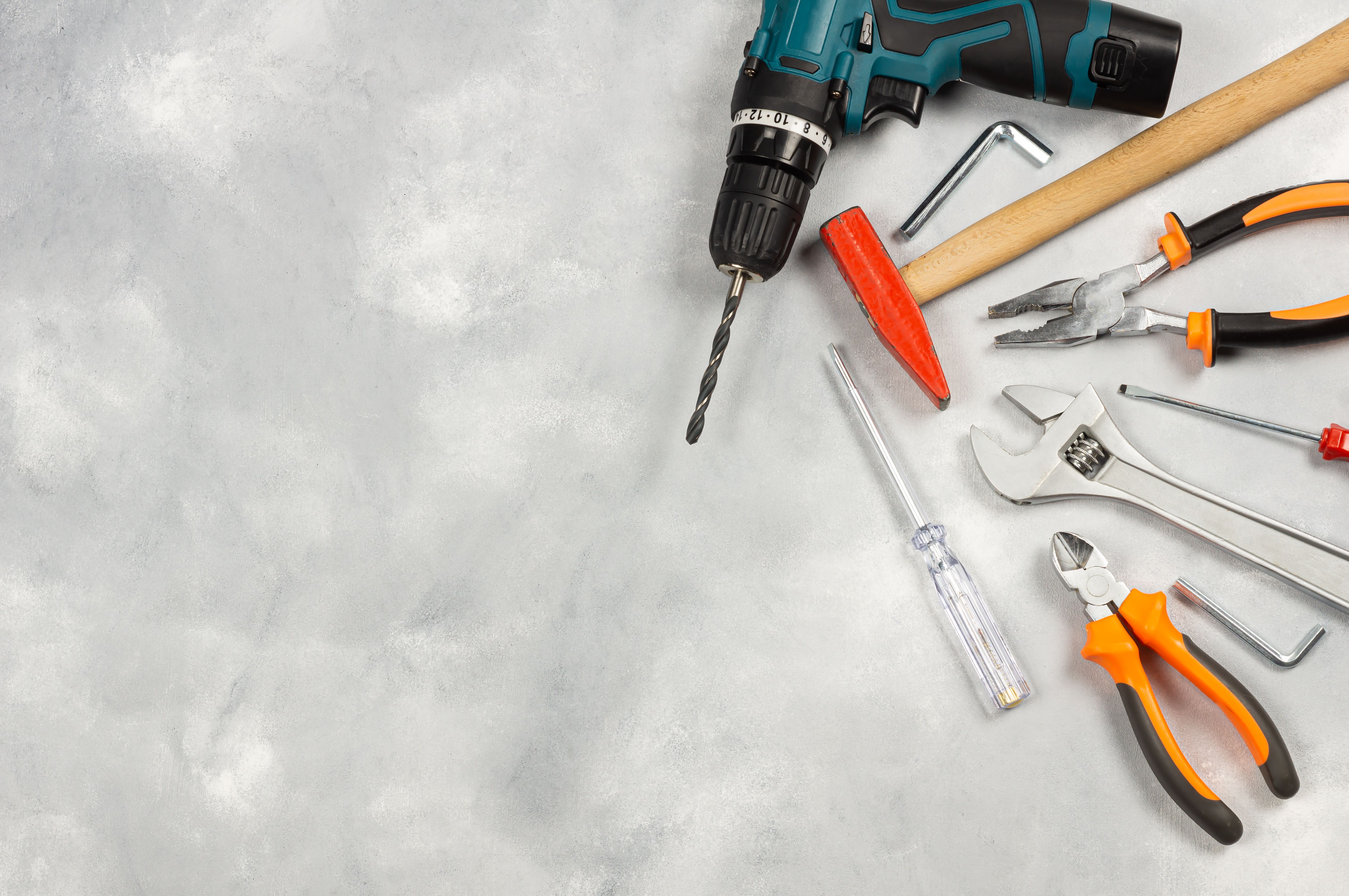Understanding the Basics of Magnetic Drills
RR
Introduction to Magnetic Drills
Magnetic drills, often referred to as mag drills, are powerful tools designed for drilling precise holes in metal. These tools are essential in construction, metalworking, and various industrial applications. Unlike traditional drills, magnetic drills have a magnetic base that adheres to the metal surface, providing stability and precision during operation.
Understanding the basics of how these drills work and their advantages can greatly enhance productivity and ensure safety in your projects. Whether you are a seasoned professional or a DIY enthusiast, learning about magnetic drills can be beneficial for your work.

How Magnetic Drills Work
Magnetic drills operate by using an electromagnetic base that creates a strong magnetic field when powered on. This magnetic field allows the drill to stay firmly attached to the metal surface, preventing movement and ensuring accurate drilling. Once the base is secured, the drill can cut through metal with precision using specialized drill bits.
The effectiveness of a magnetic drill largely depends on the strength of its magnetic base and the quality of its drill bits. It's crucial to select the right type of bit for your specific application to achieve the best results. Common bit types include annular cutters and twist drills, each serving different purposes.
The Benefits of Using Magnetic Drills
Magnetic drills offer numerous advantages over traditional drilling methods. Here are some key benefits:
- Precision: The magnetic base ensures that the drill remains stable, resulting in highly accurate holes.
- Portability: Many magnetic drills are designed to be lightweight and portable, making them ideal for on-site work.
- Versatility: With the right attachments, magnetic drills can perform a variety of tasks beyond simple drilling.

Types of Magnetic Drills
There are several types of magnetic drills available in the market, each catering to different needs and applications. Understanding these types can help you choose the right tool for your project:
- Portable Magnetic Drills: These are compact and lightweight, designed for easy transportation and use in tight spaces.
- Hydraulic Magnetic Drills: Ideal for underwater drilling or in environments where electricity is hazardous.
- Pneumatic Magnetic Drills: Suitable for use in explosive environments where electrical tools pose a risk.
Choosing the Right Magnetic Drill
When selecting a magnetic drill, consider factors such as the material you will be working with, the size of the holes you need to drill, and the environment in which you'll be operating. Additionally, assess the power source options available to ensure compatibility with your worksite conditions.

Safety Tips for Using Magnetic Drills
Safety should always be a top priority when operating any power tool. Here are some essential safety tips for using magnetic drills:
- Always wear appropriate personal protective equipment (PPE), including safety glasses and gloves.
- Ensure the workpiece is clean and free of debris before attaching the magnetic base.
- Regularly inspect your drill for wear and tear, particularly the drill bits and magnetic base.
By following these safety guidelines, you can minimize risks and maintain a safe working environment while using magnetic drills.
Conclusion
Magnetic drills are invaluable tools for anyone involved in metalworking or construction projects. Their precision, portability, and versatility make them a preferred choice in various industrial applications. By understanding their basic operation, benefits, types, and safety measures, you can effectively incorporate these powerful drills into your projects and achieve optimal results.